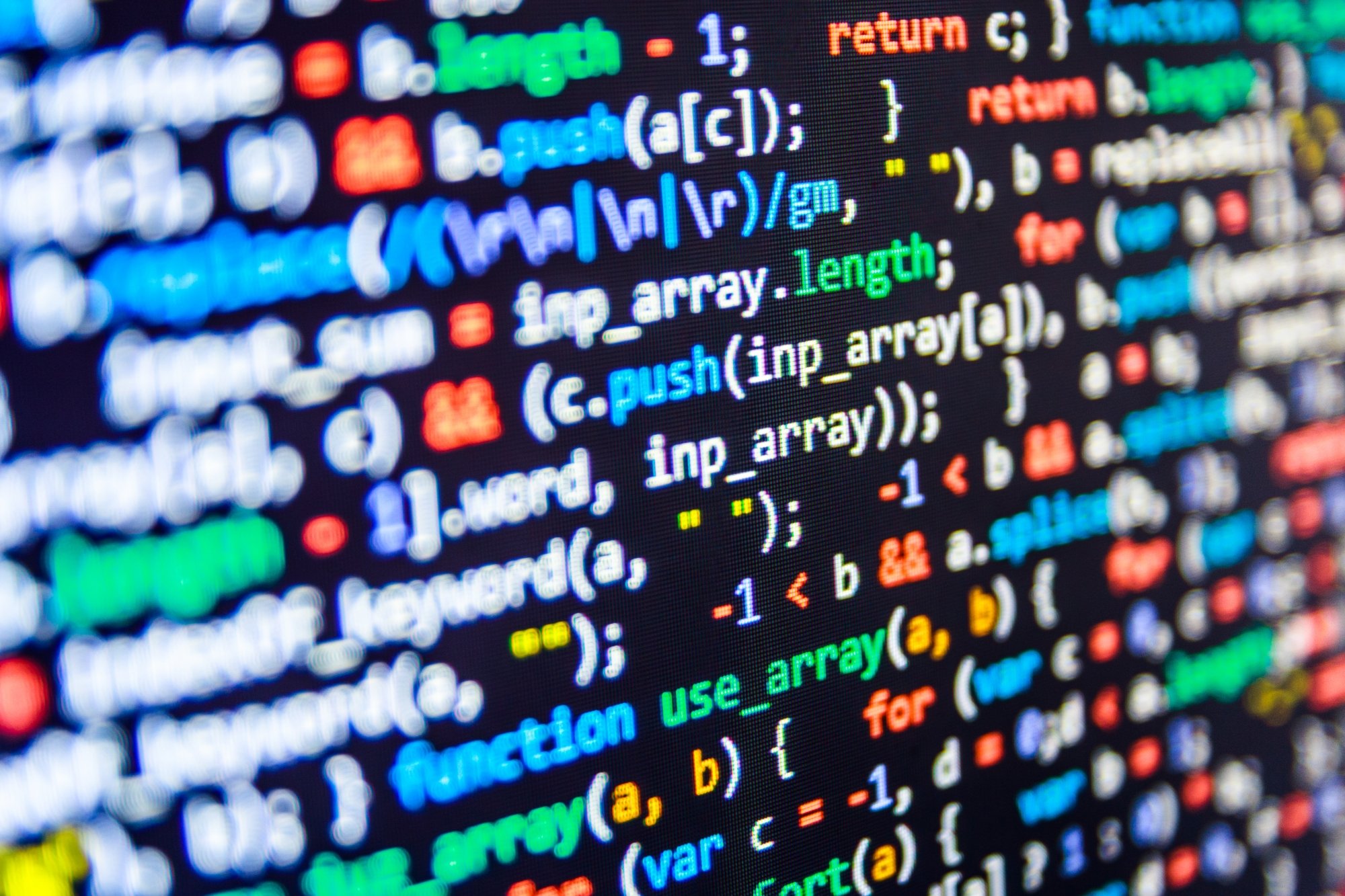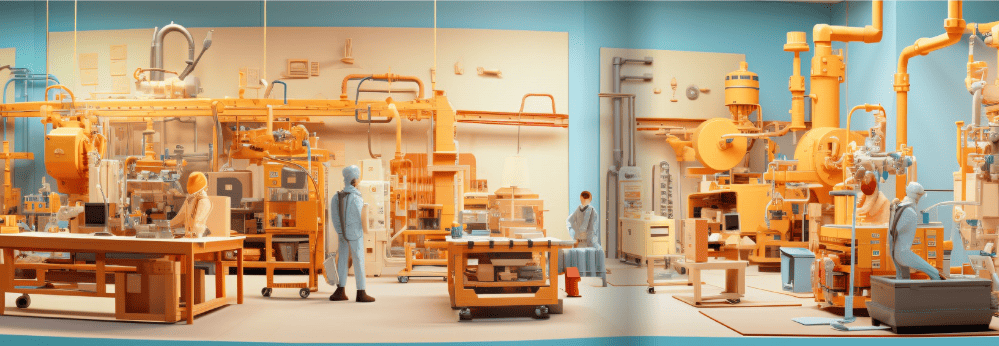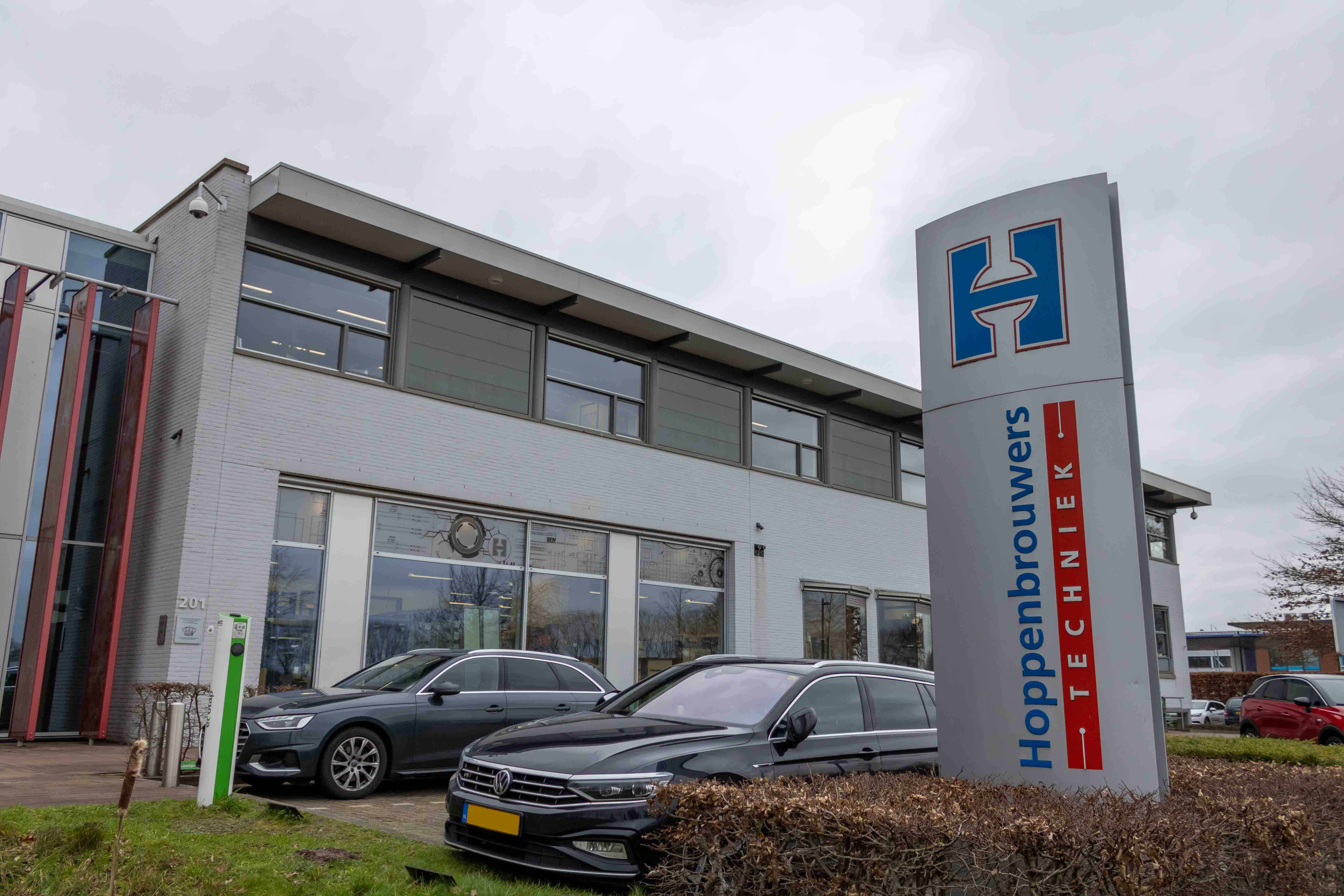
“Precisely because things are going so well in Brainport Eindhoven, it is important to link the power of today to the challenges of tomorrow. According to Arnold Stokking, Managing Director Industry at TNO and initiator of the future exploration of Brainport Eindhoven; where are the opportunities for the region when it comes to innovation and new business models in 2038? In this biweekly column, Stokking and those directly involved explain important points from this future exploration. Here the previous episodes.
In one of my previous columns about the future exploration of Brainport Eindhoven, I wrote that data is the new gold. In this column, I want to talk about the way we can make that gold. Namely with our extraordinary expertise in the field of innovative software. Now I hear you thinking: Brainport Eindhoven is about the manufacturing industry, or hardware, isn’t it? That’s true, but it’s not the whole story. Because without software, there is no hardware and we know that very well in this region. So it’s actually strange that we don’t have that image at all. Certainly, because software will only become more important and decisive in the future. I would like to take this opportunity to make a plea for software-centric thinking and innovating.
“A plea for software centric thinking and innovation”
Our region is one of the absolute world leaders when it comes to software, but we don’t profile ourselves like that. Our smart software is hidden in our products. I call that the silent success of Brainport Eindhoven. Because almost everything around us is actually made possible by software. Think of healthcare, for example. Advanced scanners from Philips can now recognise suspicious spots in the lungs by themselves thanks to Artificial Intelligence (A.I.), or software. The system has studied thousands of lung photos for this purpose. Another example can be found in mobility. Modern cars consist largely of software, which will only be more important for future autonomous cars. For example, we developed Truck Platooning at the Automotive Campus in Helmond. This will enable trucks to drive close together in pelotons, communicating intensively with each other and their surroundings, thus making better use of the road and saving on diesel.
These are all examples where software is in the lead. And all examples of innovations from Brainport Eindhoven. That’s no coincidence. Because if we look into the rear-view mirror, which is sometimes also important if you want to know the future, we see that software runs through the history of this region as an enormous thread, partly thanks to Philips. In 1987, for example, I joined Philips Medical Systems in Best because of the leading digital image processing techniques of that time. At the time, the company was busy digitizing analog images (monitors, X-rays) and sound.
I later worked at Philips in Optical Storage, the group that symbolized the success of the CD and DVD and taught the world to think in digital image and sound instead of analogue. This was only possible on the basis of groundbreaking software coding. A process that has now been extended to computers, smartphones and tablets on which we watch videos and listen to music. Digitisation requires software. So anyone who buys or streams a music album online, pays – in addition to the royalties for the artist – for the innovation of the software that is required for this.
Digitisation as such is a breakthrough; the relative value of a parts list (a list of parts that are incorporated in a product) is becoming ever smaller and the appreciation of the distinctive characteristics of software is becoming increasingly important. Value determination must therefore take place in a completely different way than we are used to. Perhaps we could even call it a silent revolution because software also plays a crucial role in future developments that are coming our way. And companies have to respond strongly to this, hence my plea for software centric thinking. This means that companies put software at the centre and build their business model more and more on it. And that applies especially to companies in the high-tech manufacturing industry. We call this ‘Servitization’: earning money and saving costs with information and services about the products of a company. Software also has a huge impact on the workforce in the manufacturing industry. It wouldn’t surprise me if about half of ASML’s employees are involved in software, for example.
“Software will determine the future. And we, in Brainport Eindhoven, can handle that. Because we understand software like the best.”
With which I want to emphasize how incredibly valuable software is. There are companies that are already making money with purely digital platforms, such as Google and Booking.com (the latter also comes from Brainport; co-founder Kees Koolen comes from Bergeijk). These are examples where everyone understands the link with software. But it is also literally hidden in devices that are constantly becoming more advanced (embedded software). Devices that people are working on almost every minute of their lives. Software will therefore determine the future. And we, in Brainport Eindhoven, can handle that. Because we understand software like the best. I even dare to say that we play in the Champions League in the field of embedded software. And with our great applications in, for example, medical technology or mechanical engineering, we should show all this in a better way to the world. If only because these fantastic examples act like a magnet for (international) talent that we so desperately need to be future-proof as a region. We have everything in-house to bring the Luuk de Jongs and Lozano’s from the software world to Eindhoven.
To map the future of Brainport Eindhoven as broadly as possible, all ideas are more than welcome. If you would like to think along with us, please contact us at [email protected]







